Sony 4K SXRD projectors are the Sergey Bubka of the AV world. Facing little to no competition from rival manufacturers who haven’t released native 4K units, the Japanese company simply saw no need to implement any revolutionary upgrades, preferring to introduce incremental improvements over the past few years, similar to how the Russian athlete took his own sweet time breaking the world record multiple times inch by inch.
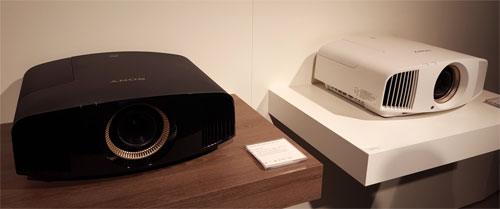
Which brings us to the Sony VPL-VW550ES that isn’t a great deal different from the VPL-VW520ES before it, sporting true 4K (4096×2160) resolution, the same chassis, video processing engine, and slightly higher dynamic contrast and lumens output. The ability to auto-detect HDR metadata and assume HDR-friendly settings, as well as a [Contrast (HDR)] adjustment slider which lets users choose between a brighter picture or better preserved highlights, are new, though both features have made their way onto the VW520 via a firmware update.
The underlying chipset on the VPLVW550ES still doesn’t transmit full 18Gbps bandwidth, but at least both HDMI ports now carry 2.0a spec with HDCP 2.2 (only one out of two HDMI inputs on VPLVW520ES did so). Support for HLG (Hybrid-Log Gamma), the broadcast HDR standard jointly developed by the BBC and NHK, will be added through a firmware upgrade later this year. Dolby Vision isn’t on the cards.
After running in our Sony VW550 review unit for a good number of hours, we calibrated the projector to highly accurate levels using a profiled Klein K10-A meter, Murideo’s Fresco Six-G signal generator, and CalMAN Ultimate software. After calibration, greyscale and colour errors sat below the humanly perceptible threshold across all points we measured, even on a 140-shade colour checker. Stunning.
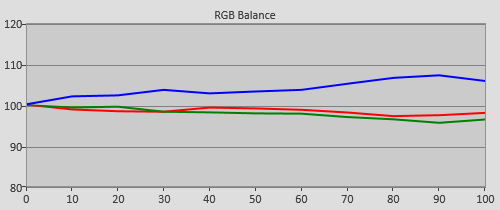 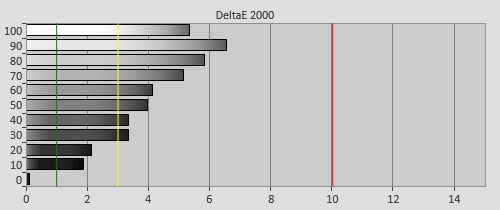 |
| Pre-calibration RGB tracking and delta errors (dEs) in [Reference] mode |
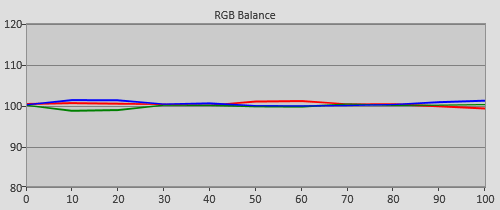 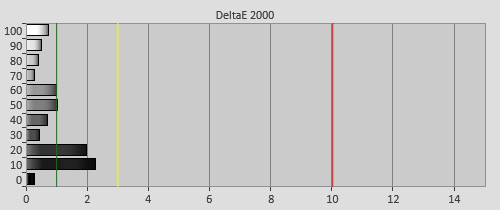 |
| Calibrated RGB tracking and dEs |
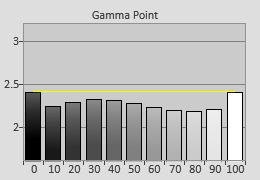 | 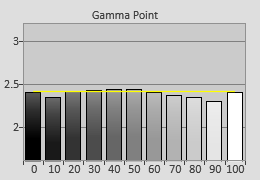 |
| Pre-calibration gamma tracking (2.2) | Post-calibration gamma tracking (2.4) |
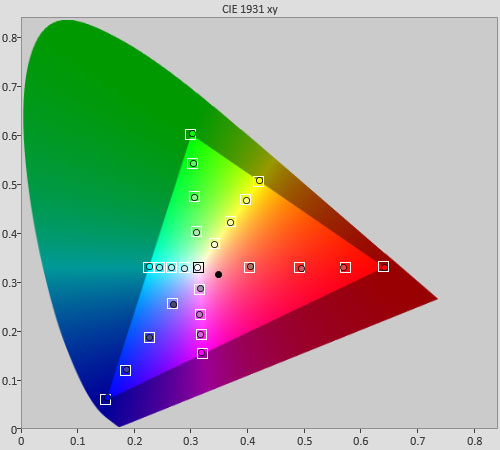 |
| Post-calibration colour saturation tracking in [Reference] mode |
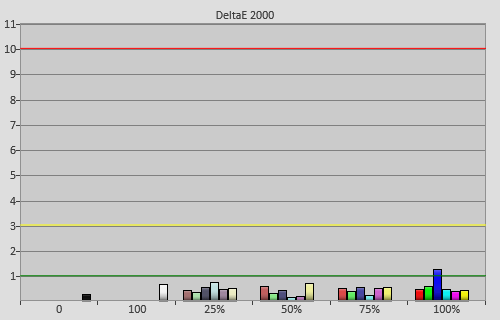 |
| Post-calibration colour errors (<3 not appreciable to the eye) |
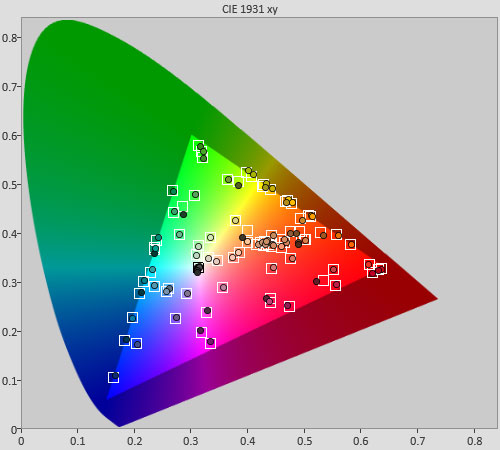 |
| Post-calibration Colour Checker SG test in [Reference] mode |
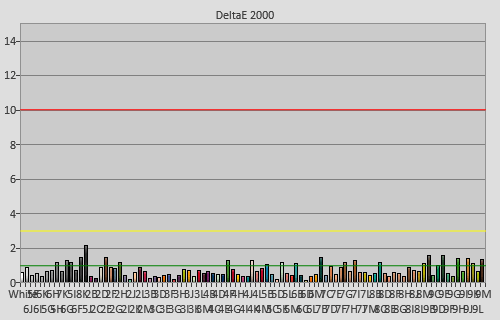 |
| Post-calibration Colour Checker SG errors (<3 not visible to the eye) |
Satisfied that we’ve tuned the VW550ES to its maximum potential, we proceeded to sample several of our reference Blu-rays, and were instantly reminded why we’re such big fans of the brand’s SXRD technology. The display’s high pixel fill factor and native 4K resolution imparted an extremely sharp, detailed silkiness to the projector image. Blacks appeared velvety deep, beyond the capabilities of any DLP or 3LCD models, though still slightly behind the class-leading black-level reproduction of JVC’s D-ILA projectors.
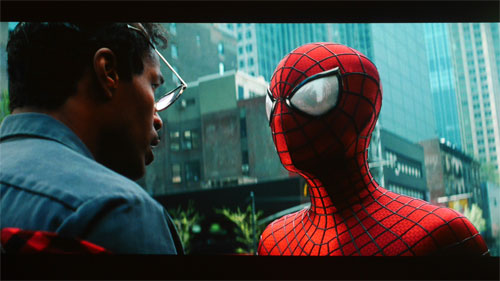
Colour fidelity was outstanding after calibration, with memory colours such as skin tones and green foliage appearing supremely realistic. Slow panning shots in 1080p/24 material from Blu-ray discs were buttery smooth even without needing to engage [Motionflow].
One area where we’re less impressed about the VPLVW550 was its light sheen of forced noise reduction even with [Reality Creation] disabled, an undesirable feature that has afflicted Sony SXRD projectors for as long as we could remember. Although some quarters may prefer the cleaner look, this sort of backdoor behaviour not only compromises film grain integrity, but also undermines the creative intent of the director.
Fortunately, the forced NR could be defeated by enabling [Input Lag Reduction], ironically a setting that’s intended to kill all superfluous video processing to attain a lower input lag for playing games. There seemed to be little to no downsides to leaving [Input Lag Reduction] on at all times: 24fps pans remained judder-free; [Smooth Gradation] still worked; and as a bonus [Input Lag Reduction] actually unlocked full chroma. The only issue is that [Motionflow] won’t be available with [Input Lag Reduction] engaged, but this shouldn’t pose any problem for watching low-frame-rate 24p content.

While we’re on the case of [Input Lag Reduction], we’re pleased to report that enabling the feature dropped input lag from an eyewatering 120ms to a far more responsive 35ms, which should satisfy the vast majority of gamers out there.
For any remaining supporters of 3D format out there, the Sony VPL-VW550ES delivered some of the best tri-dimensional experience we’ve witnessed from a big-screen projector, though to enjoy it you’d have to purchase compatible active-shutter glasses separately in the very first place. The machine fully resolved full HD 3D resolution according to our own custom-authored test pattern, and handled all the different frame rates – 24Hz, 50Hz and 60Hz – in 3D mode without exhibiting any motion judder. Crosstalk was suppressed to nearly negligible levels too, which can’t be said for many Sony projectors in the past.
Let’s move on to a thornier subject: HDR on projectors. With no established standards in place for home cinema projectors, and the relatively limited peak brightness of such units, HDR was never going to give the same impact as that seen on direct-view televisions. The main problem is striking a decent balance between highlight detail, APL (Average Picture Level) and the black floor. If you want to see more highlight detail, you’d have to lower the [Contrast(HDR)] value and thus make the overall image look dimmer. If you want more punch in specular highlights, the black floor would have to be raised one way or another.
![Post-calibration RGB Tracking in HDR [Movie] mode](https://www.hdtvtest.co.uk/news/wp-content/uploads/2018/04/projector_Sony-VPLVW550ES_hdr-rgb.png) |
| Post-calibration HDR [User] mode RGB tracking and delta errors (dEs) |
| Post-cal PQ EOTF tracking against ST.2084 standard |
![Post-calibration colour saturation tracking in HDR [User] mode](https://www.hdtvtest.co.uk/news/wp-content/uploads/2018/04/projector_Sony-VPLVW550ES_hdr-strack.jpg) |
| Post-cal HDR colour tracking against DCI-P3 standard within Rec.2020 container |
Another issue is how the source HDR luminance code values (peak brightness 1000 nits) should be mapped to projectors’ lower peak brightness (our VW550ES review sample reached 150 nits max on our setup). We used a multiplier for the calibration, but despite our best efforts shadow detail always looked slightly crushed on the VPL-VW550 (verified via Ryan Masciola’s excellent HDR10 test patterns), even though midtones and highlights could be adjusted to impart a gratifying sense of realism and vibrancy. We don’t blame many projector owners for sticking with bog-standard 1080p Blu-rays, or using various metadata stripping tech to stop HDR mode from being triggered while still benefiting from the WCG (wide colour gamut) and UHD resolution of 4K Ultra HD Blu-ray titles.
Whilst not a compelling upgrade for existing owners of the VPL-VW520ES, the Sony VPL-VW550ES remains the only new projector under £10,000 that features native 4K resolution, deep blacks, accurate colours, low input lag, and HDR support for both HDR10 and HLG formats. However, with 4K DLP projectors and JVC’s Z1 slated to arrive on the market later this year, we hope Sony will implement more substantial upgrades in the successor to the VW550.
